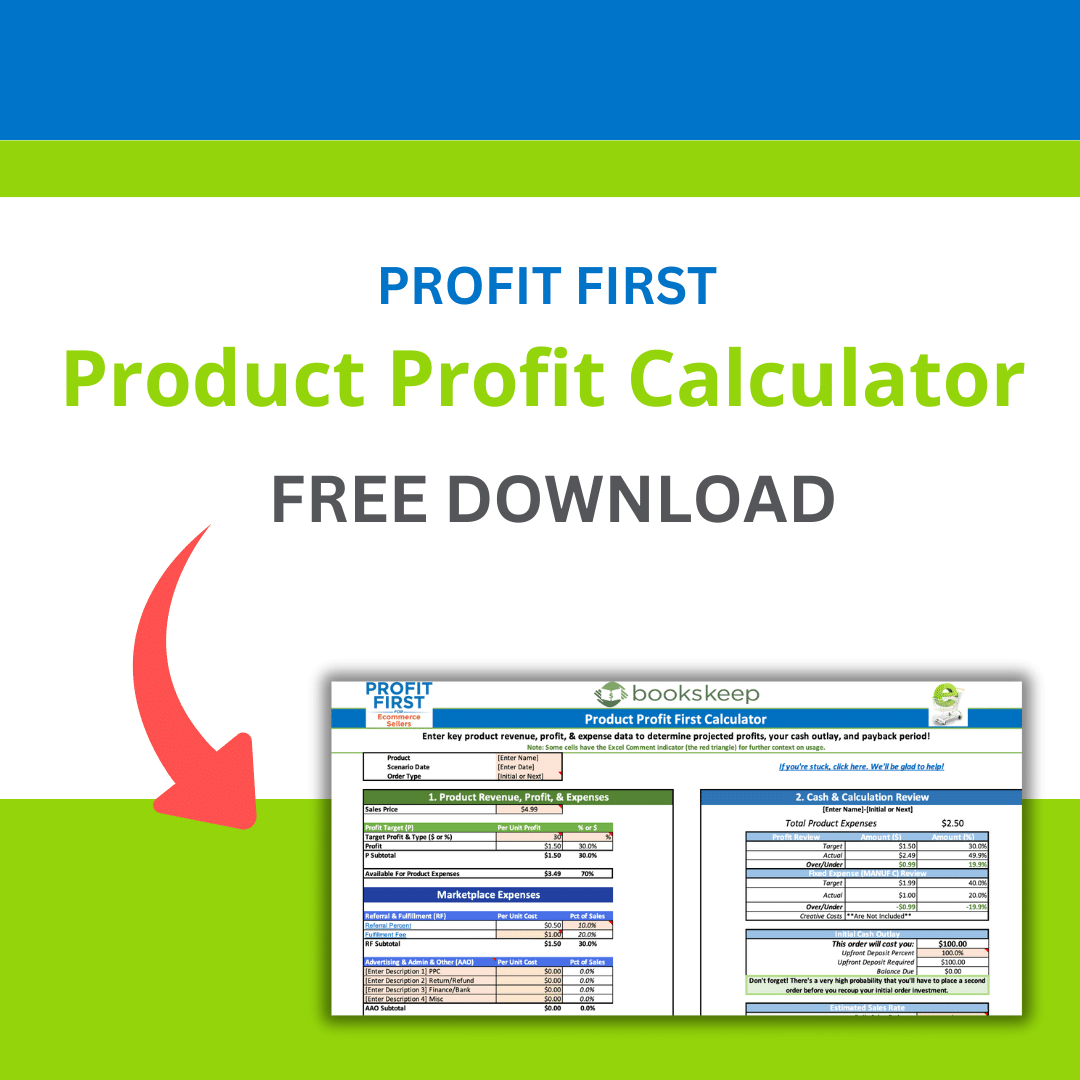When you are trying to determine your product costs, it is often confusing about what to include and where it goes in your financial records. Let’s break this down.

When you purchase your products and place them in inventory at Amazon or your warehouse, those product costs go into your inventory account. Any improvement, like labels or packaging also can be added to the inventory account. Because inventory is an asset that belongs to you, Inventory is tracked on your Balance Sheet.
Balance Sheet Basics:
- Shipping is generally treated as a period cost (incurred and counted in the current period) and added to one of your Cost of Sales accounts to show up on your Profit and Loss statement.
- Inbound shipping (shipping to you) can be inventoried, but doesn’t have to be.
- Outbound shipping is always a period expense.
Most small businesses chose not to inventory any shipping cost, because of the effort required to account for the cost variability from one shipment to the next.
This variability can occur because of shipping methods, expedited shipping costs, changes in fuel costs, etc. Rather than try to track these variables as inventory, we typically record all shipping directly into the Profit and Loss report as an expense during the period it occurs.

Inventory is reduced and recorded as Cost of Goods Sold (COGS) to match the period in which the sales occur. The value of the inventory reduced should correlate with the value originally added to inventory.
To track your inventory effectively, analyze the inventory account quarterly. Some businesses calculate and deduct their Cost of Goods Sold monthly, which can lead to an imbalance in the Inventory value over time. Factors like damaged or lost products, items in transit, and changes in product value can contribute to this. To correct any discrepancies, independently assess your inventory balance and compare it to the book balance. Make quarterly adjustments to keep the numbers in sync regularly.
Inventory can be a significant part of your business value, and it poses challenges. Regularly reviewing it ensures your financial numbers provide an accurate representation.
Want to book an appointment? Contact us now!



Leave a Comment